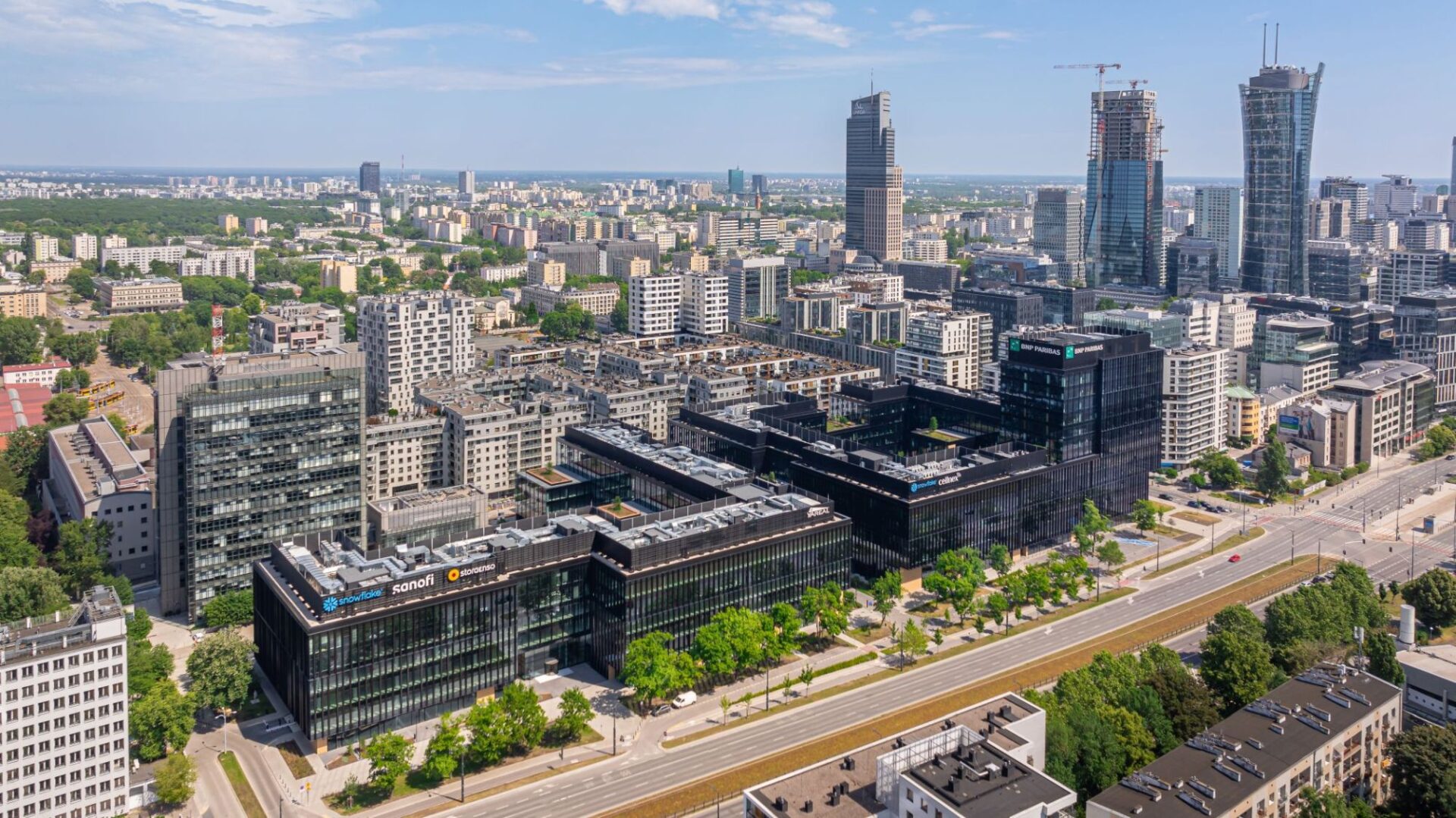Market specialists from Trei Real Estate, Catella Residential Investment Management and Wüest Partner Deutschland elaborate on Poland’s residential property market.
Poland’s housing market is becoming increasingly attractive for institutional investors. While the bulk of the housing stock remains in the hands of private owners, an increasingly professional occupier market is evolving as a result of the stepped-up investment activities of institutional investors in new-build housing construction. This is particularly true for the metropolis of Warsaw and the major cities of Wroclaw, Gdansk, Katowice, Krakow, Lódz and Poznan. On average, rent rates in these cities have gone up by around a quarter since 2014. The ongoing urbanisation and the rising demand coincide with a short supply in development land, a fact that keeps boosting the appeal of modern apartments in Poland’s conurbations. These are the key findings made public at the online press conference on “Poland’s Real Estate Market – Safe Bet or High-Risk Investment?”.
Karsten Jungk, Managing Director and Partner of Wüest Partner Deutschland, presented an overview of the residential property market in Poland. Pepijn Morshuis, CEO of Trei Real Estate, and Dariusz Weglicki, Country Manager Poland at Catella Residential Investment Management, provided insight into the market’s hands-on business and profiled latest trends.
Growing Demand for Modern Accommodation
As a result of the privatisation wave following the end of the Cold War, Poland still has a very high homeownership rate today. “A large part of the housing stock dates back to socialist times and is now in a poor state of repair. At the same time, Poland is estimated to lack 1.5 million flats, the bulk thereof in conurbations. This situation is exacerbated by progressive urbanisation and a growing demand for modern housing accommodation, most notably in the major Polish cities,” elaborated Karsten Jungk, Managing Director and Partner of Wüest Partner Deutschland. Pepijn Morshuis, CEO of Trei Real Estate, said: “Eligible as potential destinations for our investments are primarily conurbations of more than 250,000 residents, because these benefit from the positive overall development of Poland.”
The keen demand for housing is driven by growing population figures, a low unemployment rate of currently around 5.1 percent, a stable inflation rate of around 1.7 percent and growing wages. The latter went up by 42 percent between 2010 and 2018. Major Polish cities are popular locations for offices and shared service centres while the local universities and other higher education institutions keep attracting more and more young people from all over the country.
“Judging by the total housing stock, rental flats currently claim a share of 4.5 percent, with less than 1 percent thereof being held by institutional investors. The situation implies serious growth potential for the professional occupier market,” said Dariusz Weglicki, Country Manager Poland at Catella Residential Investment. The growing need for housing is reflected in the building activity. Around 185,000 apartments were completed in 2018, a year-on-year increase by around 3.8 percent. “However, the supply in plots ready for construction has dried up lately in Poland’s metropolises. Despite the massive demand, building completions will hardly be able to cover demand in the coming years,” predicted Jungk.
Returns More Attractive than in Western Europe
Poland’s residential property market offers attractive investment opportunities when you consider the low construction costs and land prices against the background of the massive pent-up demand. Pepijn Morshuis, CEO of Trei Real Estate, said: “Land in Poland is far more affordable than in Germany. In Warsaw, the most expensive Polish city, the price is 450 euros per square metre of gross floor area. In Poznan, we pay approximately 240 euros per square metre of gross floor area. For the sake of comparison: The going rate in Munich is 8,000 to 10,000 euros per square metre of gross floor area, and is 3,000 to 4,000 euros per square metre in Berlin. The sheer fact that the German Energy Saving Ordinance (EnEV) fails to apply here translates into construction cost savings of c. 300 to 400 euros per square metre compared to Germany – making it possible to achieve an internal rate of return (IRR) with condominium development projects in Poland that is roughly twice as high.”
The situation on the rental housing market is similar. “Compared to countries in Western Europe, you can generate rental yields (NIY) here that are 1.5 to 2 percentage points higher – namely between 5 and 7 percent on average,” said Dariusz Weglicki, Country Manager Poland at Catella Residential Investment.
“The current market conditions point to attractive investments here, in the most populous country of Eastern Europe, although foreign investors are well advised to keep an eye on the stability of the country’s politics and its ramifications for the economy,” said Karsten Jungk, Managing Director and Partner of Wüest Partner Deutschland.







